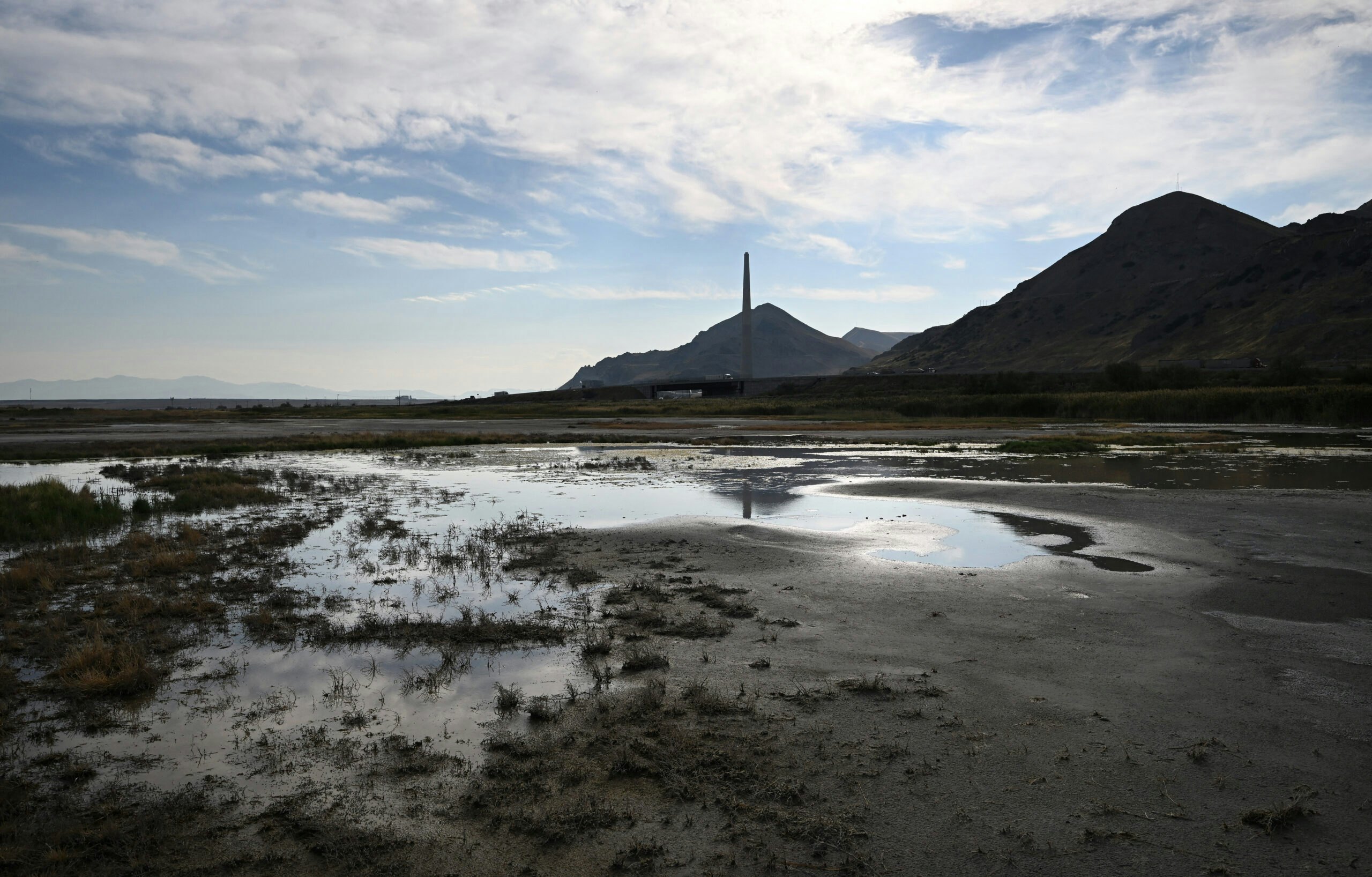The United States, Canada, and Mexico team up to be the most economically competitive trade bloc in the world, scoring a B+ on the Scorecard.
With the 2016 Summer Olympics in full swing, the Bush Institute’s North America Initiative wondered how the world’s economic teams—its trade blocs—would perform in the ultimate competition, the global economy.
The Teams: North America, the European Union (EU), the Asia-Pacific Economic Cooperation (APEC), Mercosur, and the Pacific Alliance.
The Events: Business Environment, Legal System and Property Rights, Investment Environment, Macroeconomic Environment, Trade Environment, and Health and Education.
The Judge: The North America Competitiveness Scorecard
Gold—Team North America
The United States, Canada, and Mexico team up to be the most economically competitive trade bloc in the world, scoring a B+ on the Scorecard. North America scores consistently high across the board, with its scores in Investment Environment, Business Environment, and Health and Education leading it to victory. The U.S.’s poor fiscal outlook drags down North America’s score in Macroeconomic Environment, keeping the competition closer than it should be. Nonetheless, North America has been a gold medal contender since the North American Free Trade Agreement’s inception.
Tied for Silver—Team European Union and Team APEC
The European Union and APEC tie for silver with each receiving a B on the Scorecard.
The EU turns in strong performances in Health and Education and Trade Environment, but like North America, scores low on Macroeconomic Environment. The EU is a large team with a wide range of competitiveness skills, from Germany with a solid A to Slovenia with a D+. In an interesting twist, its strongest member happens to be the United Kingdom, which recently voted to leave the EU. This will undoubtedly impact the EU’s economic competitiveness in the future once the terms of the “Brexit” are sorted.
APEC has consistent scores across all events, making it appear to be a very balanced team. Unlike both North American and the EU, APEC performs reasonably well in Macroeconomic Environment. Like the EU, however, there is a wide range of scores among teammates. China and Russia receive a D and D+, respectively, while Hong Kong and Singapore each receive an A+. APEC benefits tremendously from having the three North American countries as members—North America has 47% of APEC’s gross domestic product (GDP). Without North America, and changing the judging to weight by GDP, APEC would fall to a C and out of medal contention.
Bronze—Team Pacific Alliance
The Pacific Alliance takes the bronze with a C+ on the Scorecard. The Pacific Alliance scores dismally low on Legal System and Property Rights and Health and Education, but has reasonably strong scores in Investment Environment and Macroeconomic Environment. The Pacific Alliance’s undisputed leader is Chile, with strong scores in every event. Peru comes up big with high scores in Investment Environment and Macroeconomic Environment, helping propel the Pacific Alliance to a medal.
Off the Podium—Team Mercosur
Mercosur finishes off the podium with a staggeringly low D- on the Scorecard. Its best event is Health and Education, where it outperforms the Pacific Alliance. Mercosur suffers large losses in every other economic competitiveness event. While none of its member countries score particularly well, Uruguay’s relative competitiveness at a C- cannot overcome Venezuela’s and Argentina’s low F scores.





























